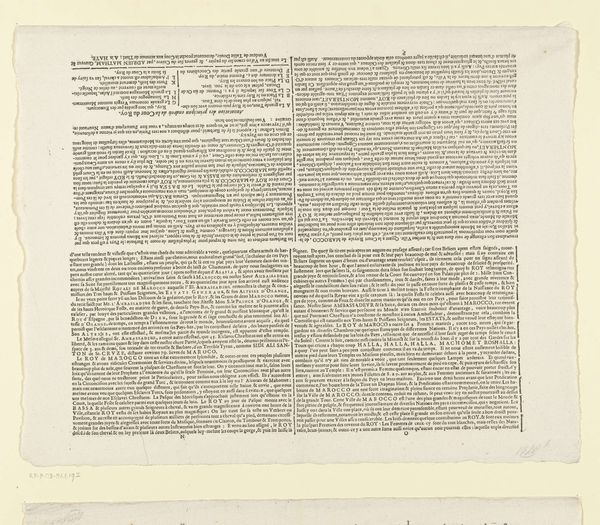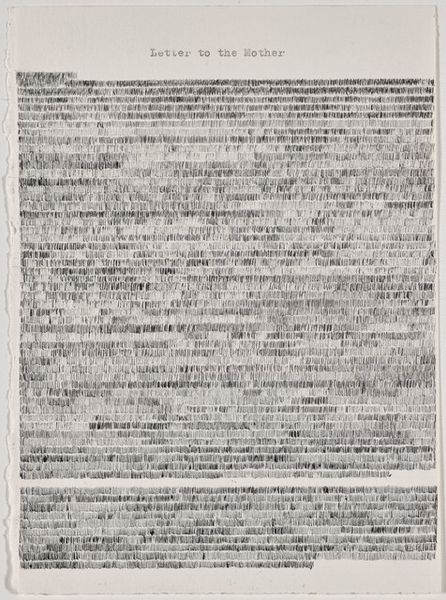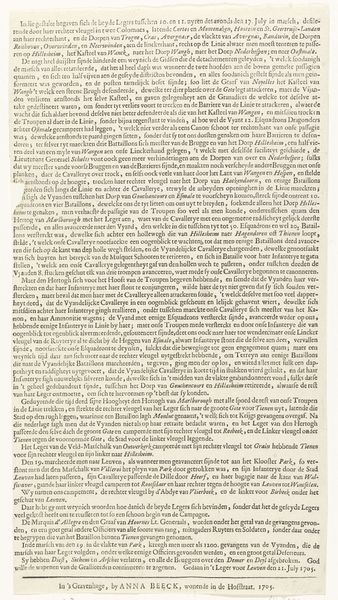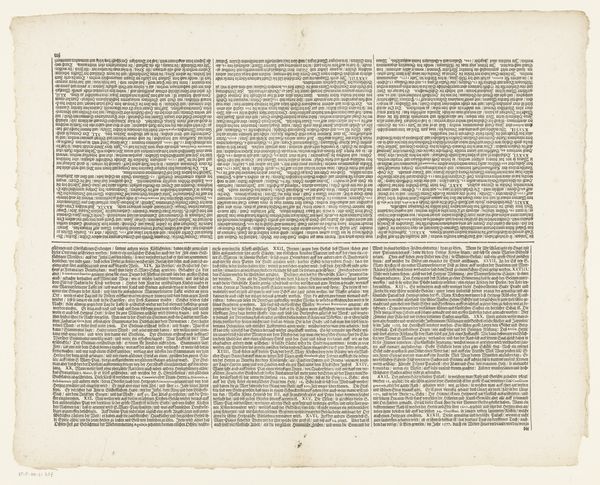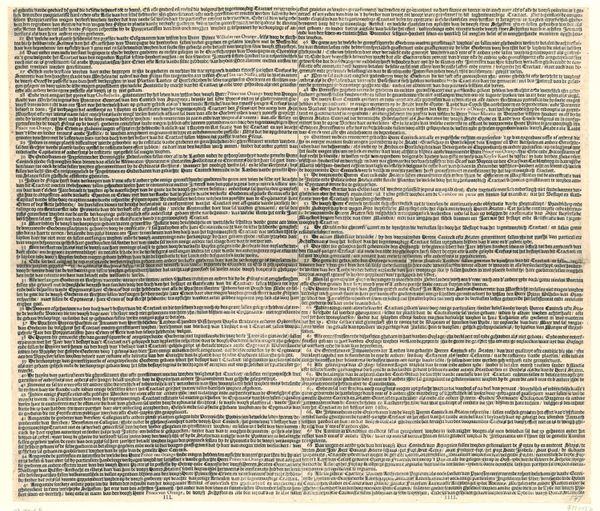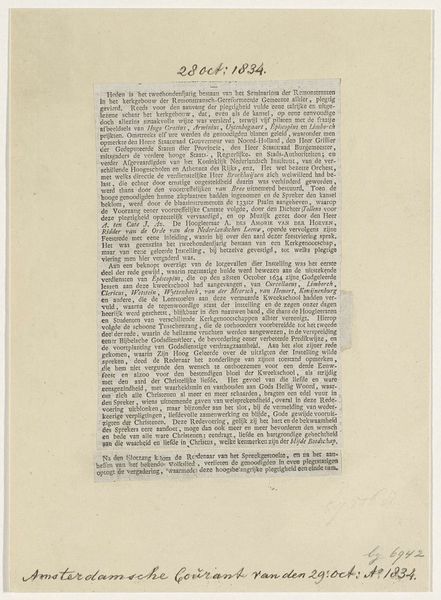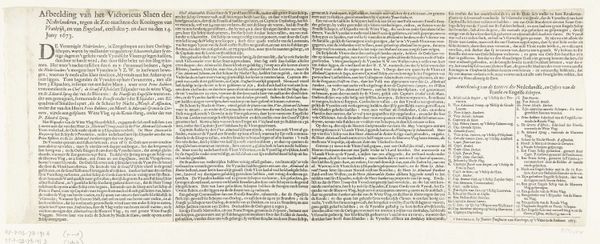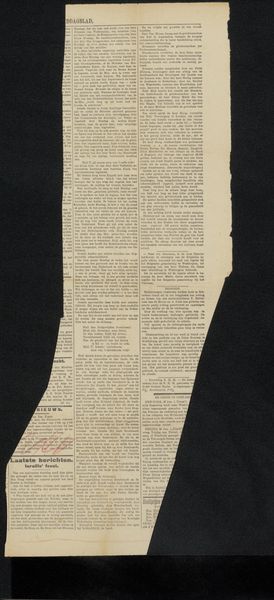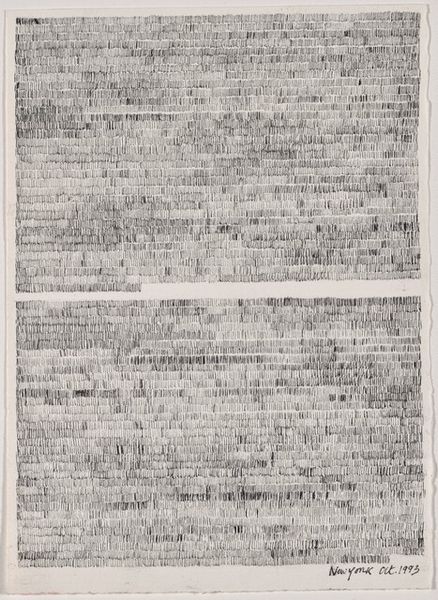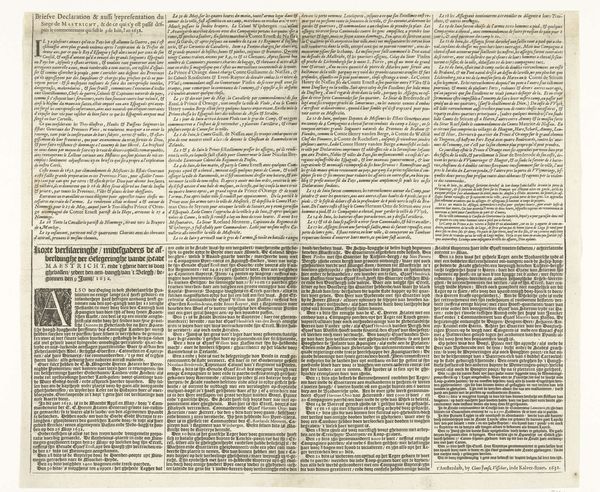
graphic-art, print, engraving
#
graphic-art
#
baroque
# print
#
engraving
Dimensions: height 463 mm, width 130 mm
Copyright: Rijks Museum: Open Domain
Editor: Here we have a print titled "Tekstblad bij een prent van de zeeslag bij Duins, 1639," placing it around 1639-1640. It’s a baroque engraving, and seeing all this text laid out so formally…it reminds me of official documentation. What cultural context informs its imagery, if any? Curator: This broadside serves less as art and more as cultural propaganda, or an early form of public announcement. It communicates not just facts but also emotions tied to the event—the naval battle—shaping public perception. What symbols might suggest its deeper meaning and purpose? Editor: Well, it is almost exclusively text, so symbols aren’t obvious, unless the typeface and layout act symbolically by conveying authority… So, in what ways do design choices and language choices convey cultural information in the absence of clear pictorial symbols? Curator: Precisely. Notice how the formal script and dense columns create an impression of importance and legitimacy. The careful arrangement implies order and control, necessary given the context of battle and political unrest. Consider the potential audience: How would this formal presentation affect their reading of the "facts"? Editor: It must have been incredibly powerful if it was almost one of the only ways to access news and historical information in this way at the time! Knowing that certainly changes how I interpret this page; it truly holds incredible historical weight! Curator: Indeed. The strategic layout invites careful consideration of language as a source of authority. Think how people processed and passed this on as communal memory! Editor: This piece has shown me how historical printed matter holds significance not just through the event its chronicling, but the method of communication it employed.
Comments
No comments
Be the first to comment and join the conversation on the ultimate creative platform.
